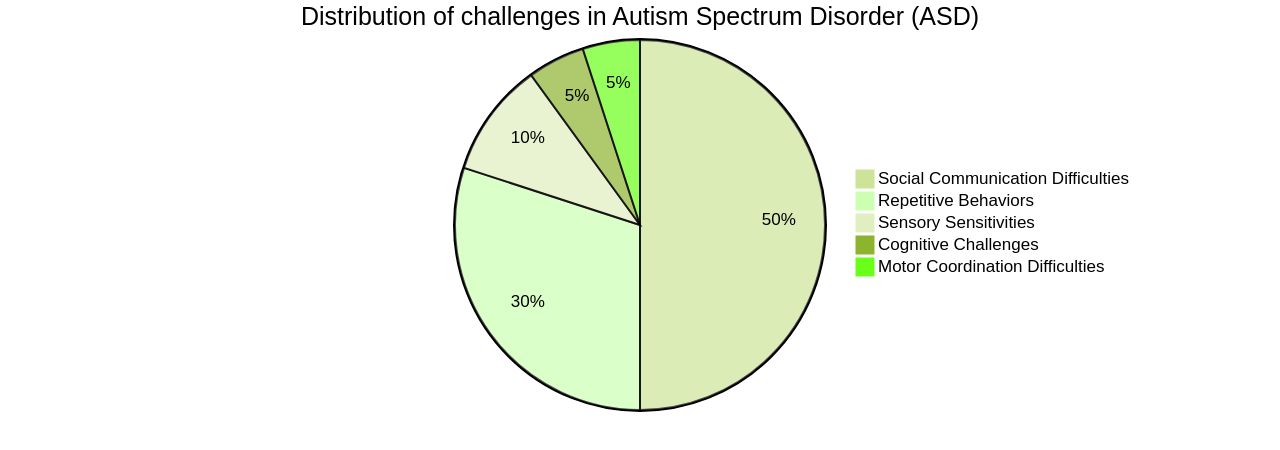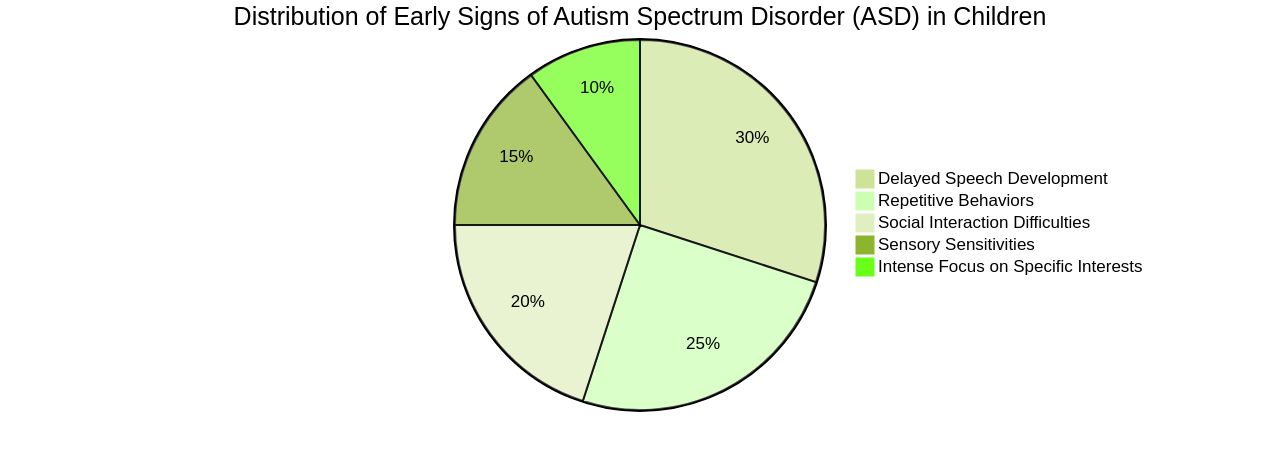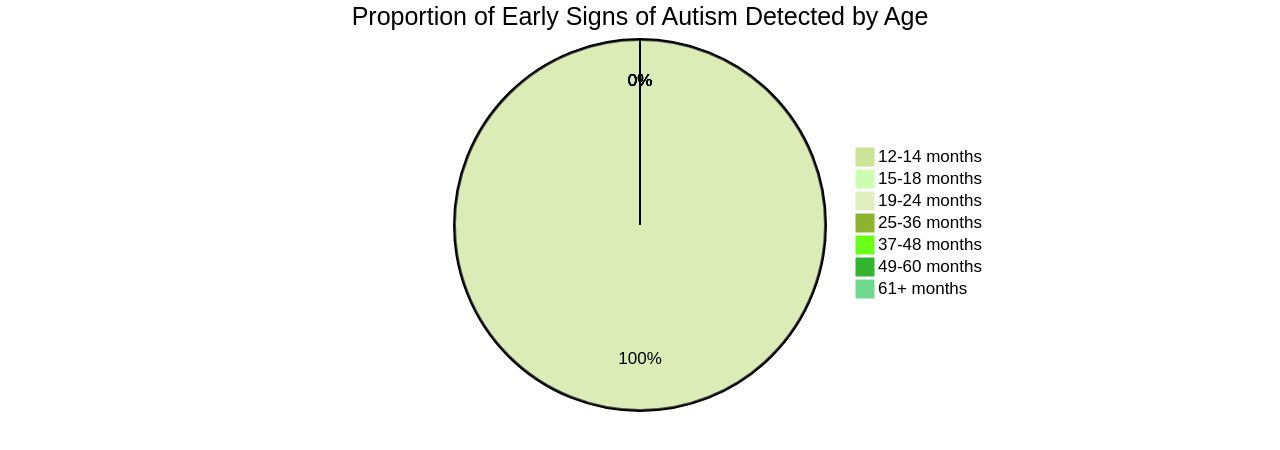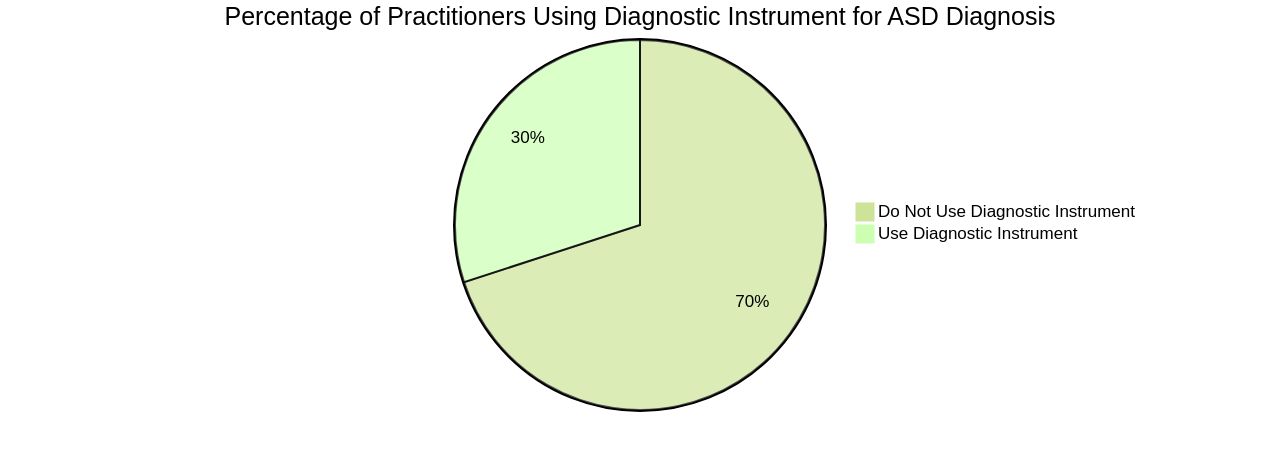Introduction
Understanding Autism Spectrum Disorder: Navigating the Journey of Diagnosis and Support
Autism Spectrum Disorder (ASD) affects millions of individuals worldwide, presenting unique challenges and complexities. As a parent advocate, it's crucial to have a comprehensive understanding of ASD to ensure the well-being and support of your child.
In this article, we will explore the early signs and red flags of autism, the importance of observation and documentation, seeking professional evaluation, and how parents can support the diagnostic process. Join us as we delve into the world of ASD, providing guidance and resources to empower you on this journey of understanding and addressing the unique needs of those on the spectrum.
Understanding Autism Spectrum Disorder
Autism Spectrum Disorder (ASD), a neurodevelopmental disorder, affects 1 in 45 adults in the U.S. This condition presents a variety of challenges, including social communication difficulties and repetitive behaviors. These signs may vary from person to person, necessitating a comprehensive understanding of the disorder.
Recent advances in public health outreach and increased screening have led to a greater societal awareness of autism. However, many adults with autism may remain undiagnosed or misdiagnosed. Research shows differences in brain structure between individuals with autism and those with neurotypical development, hinting at the complex nature of the disorder.
Misinformation surrounding the causes of autism, such as vaccines or parenting style, has been debunked. Evidence suggests a genetic basis, with a pattern of autism or related disabilities appearing in many families. Recent studies point to the effectiveness of training community-based providers to diagnose autism, potentially reducing the long waits children often face for evaluations.
This development could significantly improve access to diagnosis and intervention services, particularly in areas where specialist services are limited. Understanding autism and recognizing its signs is crucial, not only for diagnosis but also for providing the appropriate support for individuals with ASD and their families. As the prevalence of autism increases, it becomes more critical to promote awareness and understanding, providing training for professionals working with individuals on the spectrum, and ensuring policies and programs are inclusive and person-centered.

Early Signs and Red Flags
A child's early developmental years are pivotal in the detection of Autism Spectrum Disorder (ASD). Observing for early signs, such as delayed speech development, repetitive behaviors, social interaction difficulties, sensory sensitivities, and intense focus on specific interests, can make a significant difference.
Studies have shown that the early signs of autism can be identified in children as young as 12–14 months. This early detection can lead to early interventions, which is increasingly recognized as an important time to begin intervention.
However, the average age of diagnosis for ASD remains at approximately 3 years or older, indicating a gap in early identification and intervention. Recent research has thrown light on the changes in metabolism that occur between birth and the presentation of ASD later in childhood, revealing that a small number of biochemical pathways are responsible for the majority of these changes.
This knowledge could inform early detection and prevention strategies for autism. Additionally, studies have confirmed that ASD is not caused by vaccines, parenting style, or nutrition.
Instead, there is increasing evidence supporting the theory of a genetic basis for the disorder. Researchers are currently investigating irregular segments of genetic code that might be inherited by individuals with ASD. Despite the progress in understanding ASD, there are still challenges in early detection, particularly among girls, children of color, and non-English speaking communities due to various reasons including stigma, lack of access to healthcare services, and differences in the presentation of the disorder. Furthermore, while there are many intervention programs available, they differ in philosophy and there is a lack of research comparing these programs. Therefore, it is crucial to continue research and raise awareness about the early signs of ASD to ensure timely intervention and support for all children affected by the disorder.

Observation and Documentation
In their journey towards understanding autism, parents can significantly contribute to early detection by closely monitoring their child's behavior. This includes observing their social interactions, communication skills, and any repetitive or unusual behaviors.
Keeping a record of these observations can prove to be a valuable tool for healthcare professionals in the diagnostic process. As parents, you may be asked about your child’s eating and sleeping habits, or their progress in hitting developmental milestones during routine pediatric visits.
This is part of the effort to identify early signs of autism, which is a neurodevelopmental disorder impacting interaction, communication, behavior, and learning. It varies widely in type and severity of symptoms, hence known as a “spectrum” disorder.
Research indicates that early signs of autism can be detected in children as young as 12–14 months, so early screening is vital. Autism usually manifests by age 3, but for some children, symptoms may not fully appear until social demands exceed their capacity to cope. Therefore, professional observation is essential for accurate diagnosis. Remember, early intervention is key. Understanding autism and its impact can equip you to better support your child and enhance their quality of life.

Seeking Professional Evaluation
When it comes to suspecting Autism Spectrum Disorder (ASD) in a child, it is crucial to turn to a professional experienced in diagnosing and managing autism. However, it's important to note that up to 70% of practitioners may not use a diagnostic instrument when giving the first ASD diagnosis.
The evaluation process often encompasses interviews, questionnaires, developmental assessments, and observations. This path can pave the way to a formal diagnosis, leading to the necessary support and intervention services.
However, the journey doesn't end with diagnosis. Understanding the specific needs of those with autism is essential, as this knowledge can help foster trust and promote effective communication.
It's been noted that therapeutic needs of autistic adults are not much different from those of anyone else, yet many report being turned away by practitioners. This highlights the importance of not just referring to often unavailable specialists, but also being willing to learn and include these patients in their caseloads.
The prevalence of autism in children is 2.78%, but neurodivergent traits can be found in as many as 15-20% of the general population. This underlines the importance of understanding autism and its impact on patient care, as well as the need for practitioners to be aware of sensory and communication differences. As we navigate the journey of ASD, it's vital to keep in mind the challenges that may arise upon reaching adulthood, such as limited social integration, poor job prospects, and high rates of mental health problems. These issues highlight the importance of early identification and intervention for better outcomes. Remember, a diagnosis of autism is not the end; it's the beginning of understanding and addressing the unique needs of those on the spectrum.

Supporting the Diagnostic Process
As pillars of support for children with autism, parents are integral to the diagnostic process. The parents' detailed insights about their child's developmental history, behaviors, and areas of concern are crucial in evaluating autism signs comprehensively. This information is invaluable for healthcare professionals in making an accurate diagnosis.
In addition, parents have a crucial part to play in working together with healthcare providers to ensure that a comprehensive range of assessments and evaluations are conducted, gathering a holistic understanding of their child's strengths and challenges related to autism signs. In recent years, the prevalence of autism diagnoses in children has seen a significant increase, making the role of parents even more critical in the diagnostic journey. During routine health care visits, parents are often the first to identify signs of autism in their children, typically as early as 12-14 months.
While the journey to diagnosis is not without its challenges, including long waiting times and feelings of dissatisfaction due to lack of clear information or insufficient post-treatment support, parents remain resilient. Parents of children with autism continue to advocate for the appropriate support and play a crucial role in enabling access to early intervention services that have a substantial effect on the child's well-being and help identify autism signs. As the world of autism diagnosis evolves, with new tools for detection and strategies for service delivery, parents continue to be the cornerstone of this process.

Conclusion
In conclusion, understanding Autism Spectrum Disorder (ASD) is crucial for parents advocating for their children's well-being and support. Early signs and red flags of autism can be identified as young as 12-14 months, emphasizing the importance of early detection and intervention.
Observation and documentation by parents play a vital role in the diagnostic process, providing valuable insights for healthcare professionals. Seeking professional evaluation from experienced practitioners is essential for accurate diagnosis and accessing necessary support services.
It is important to debunk misinformation surrounding the causes of autism and recognize the genetic basis of the disorder. As the prevalence of autism increases, promoting awareness, understanding, and training for professionals becomes even more critical.
Additionally, supporting the diagnostic process requires collaboration between parents and healthcare providers to gather a comprehensive understanding of each child's strengths and challenges. Parents remain resilient in navigating the challenges of diagnosis, advocating for their children's needs, and facilitating access to early intervention services. The journey doesn't end with diagnosis; it marks the beginning of understanding and addressing the unique needs of individuals on the spectrum. By continuing research, raising awareness, and providing inclusive and person-centered policies and programs, we can empower parent advocates to navigate this journey with confidence, ensuring the well-being and support of their children with ASD.




